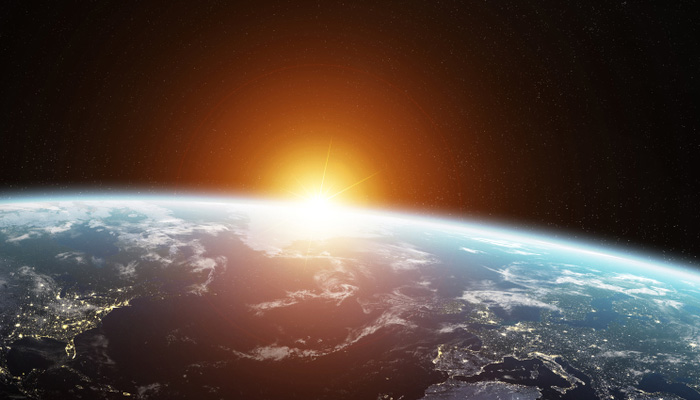Shutterstock
Many scientists believe that Earth is undergoing a sixth mass extinction in the history of the planet, as they point to the 8 following signs as proof.

According to scientists, roughly 40% of the insect species throughout the world are in decline and are decreasing at a rate of 2.5% per year. At this rate, scientists believe that in 10 years, 25% of the insects will be gone; in 50 years, 50% will be gone; and by 2119, Earth may not have any insects at all.
Scientists say earth appears to be undergoing a process of “biological annihilation.” They point to the fact that up to one-half of the total number of animals that once shared the Earth with humans have already gone extinct.
The world’s oceans absorb 93% of the excess heat that greenhouse gases trap in Earth’s atmosphere. As a result, scientists only recently learned that the oceans are heating up 40% faster than they had previously believed.
This excess heat is killing coral reefs, and already, 50% of the world’s coral reefs have died in only the past 30 years. It is also having an effect on plankton, one of the most important food sources of marine life.
According to one study, within the next 50 years, human-driven mammal extinction will be so damaging to the evolutionary diversity on Earth, that it will take between 3 to 5 million years to recover.
And to recover to the point Earth was before the damage done by modern humans, it would take up to 7 million years.
A study undertaken to examine all animal populations across the Earth in 2017, looked at roughly half of the overall known existing species of vertebrates to formulate its data. Among these, they found that over 30% of them are in decline.
More than 27 percent of species on the planet are currently considered to be under the threat of extinction. Among this number, 40 percent are amphibians, 25 percent are mammals, and 33 percent are coral reefs.
In addition, the International Union for Conservation of Nature predicts that within the next 100 years, 99.9% of critically endangered species and 67% of endangered species will be extinct.
The average rate of extinction over the last century has increased at a rate of up to 100 times higher than normal among amphibians, mammals, birds and reptiles.
At least 1,700 species of amphibians, mammals and birds will face a higher risk of extinction within 50 years due to habitat loss. These animals are expected to lose between 30% and 50% of their present habitat ranges due to land use by humans.
The most affected among these will be 376 species of mammals, 886 species of amphibians, and 436 species of birds.